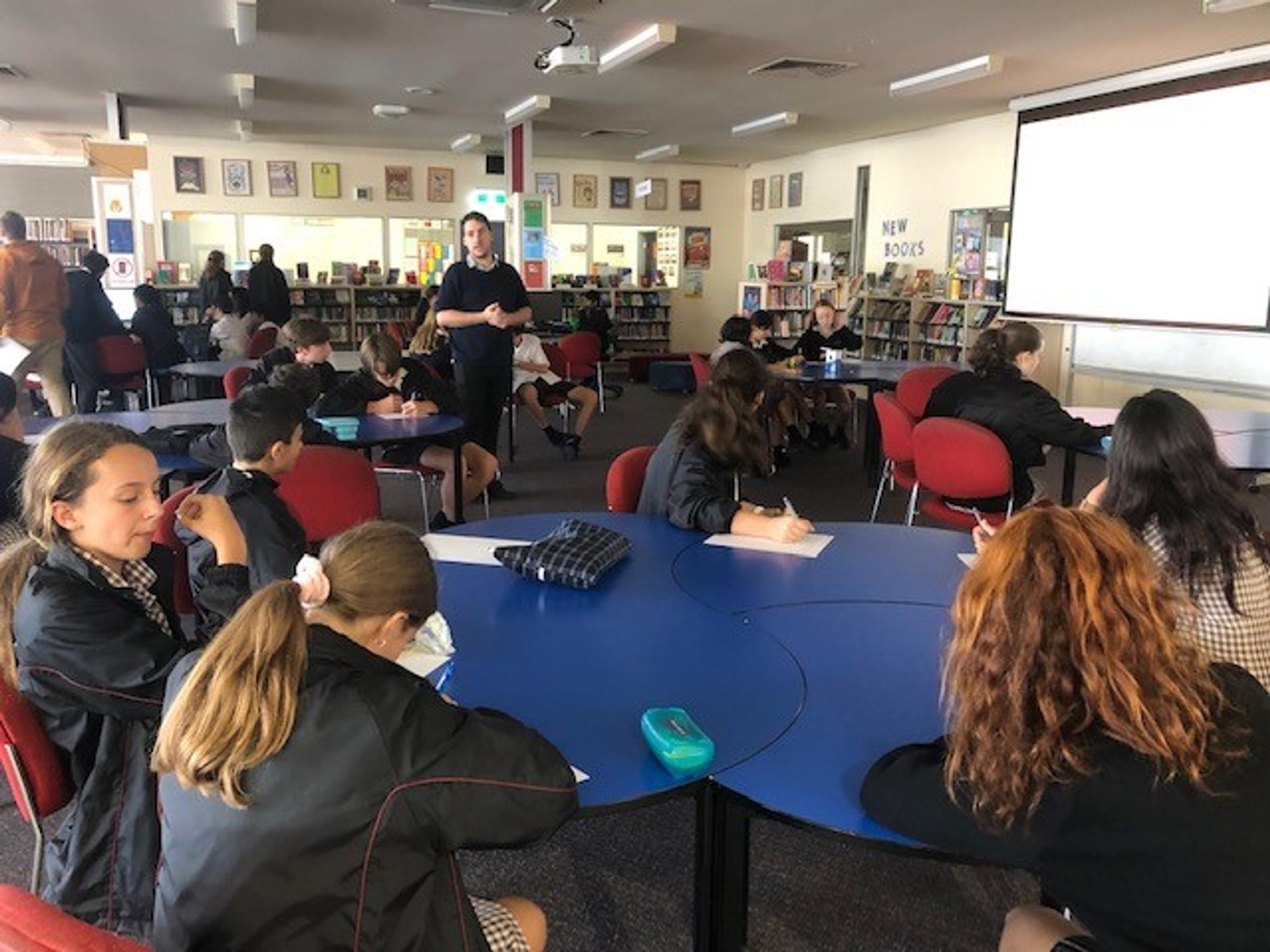New Caledonia Tour

New Caledonia Tour: 2019
As preparation for the upcoming tour to New Caledonia, students met in the Library to learn about the indigenous people from Mr Chamontin.
Did you know?
Kanak is the local name given to New Caledonian Melanesians. The term Melanesians refers to the group of people who inhabit the islands in the southwest Pacific. They comprise just under half of the total population of New Caledonia, around 45% by some estimates. They have inhabited the archipelago for about 6,000 years, living in autonomous tribal communities in the narrow valleys between the mountains.
The term ‘Kanak’ (or canaque, as the French originally spelt it) was invented by early Europeans living in Polynesia. It is probably derived from the word ‘Kanakas’, which was used for people from the South Pacific who were abducted by blackbirders (slavers) to work in Australia and other places in the 19th century. The word was viewed by New Caledonia’s indigenous people as an insult and it eventually died out as the French colonial authorities preferred to use indigène (native).
New Caledonia counts 341 tribes which perpetuate this ancestral way of life, living mainly off agriculture and fishing. Kanak culture is based on oral transmission, exchange, myths and animist legends, the traditions being the central axis of the culture that governs its social organization. This culture regroups its people in a traditional society founded on an organisation determined by the clans, with clearly defined relationships in terms of hierarchy. Men and women comply with established roles. Besides, the wisdom of their ancestors is always pre-eminent and their attachment to the land is strong.
We are looking forward to tasting the native food of New Caledonia, but until our next meeting ‘taltoul’ (bye bye).
Deborah Cordingley
English/Humanities Teacher
